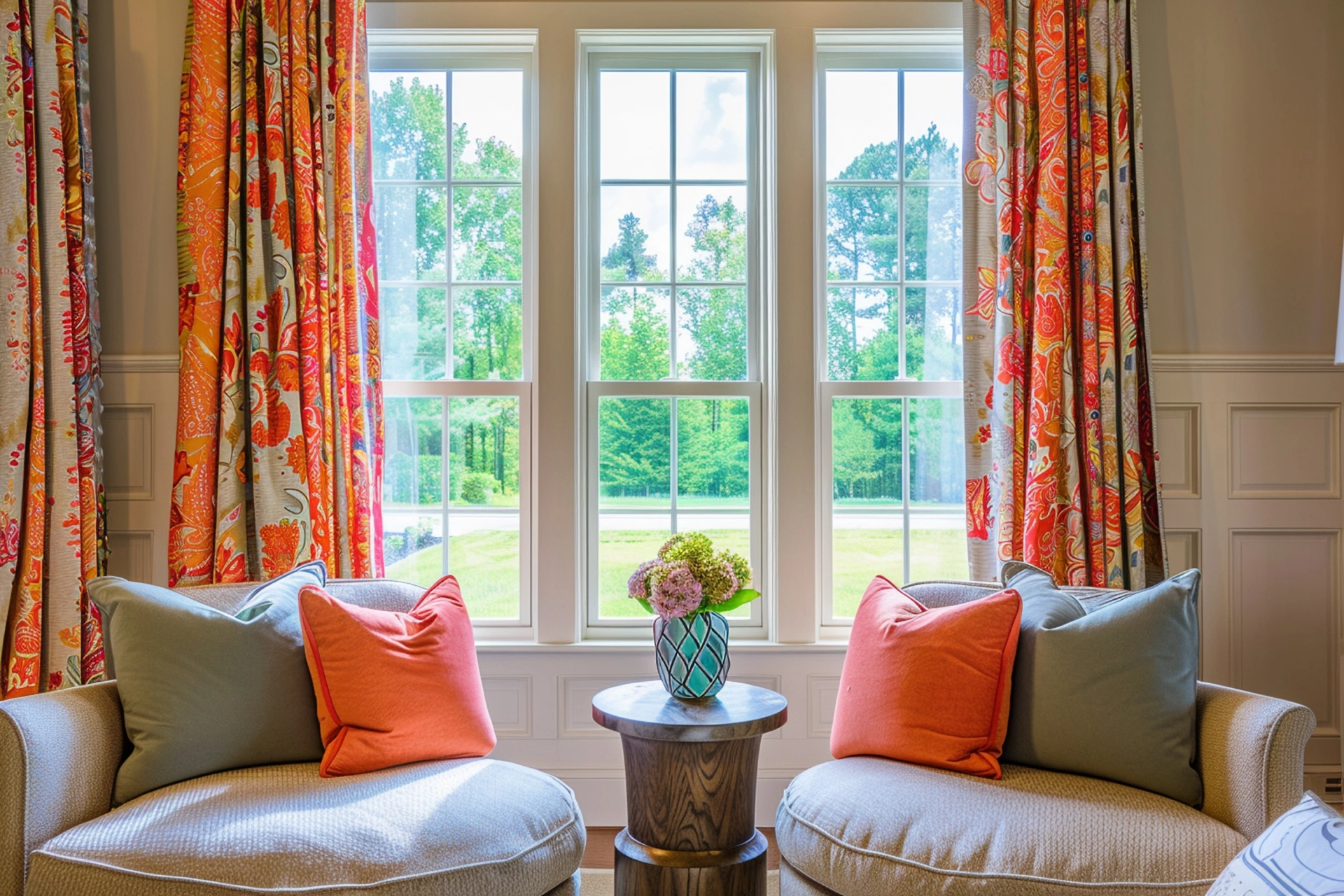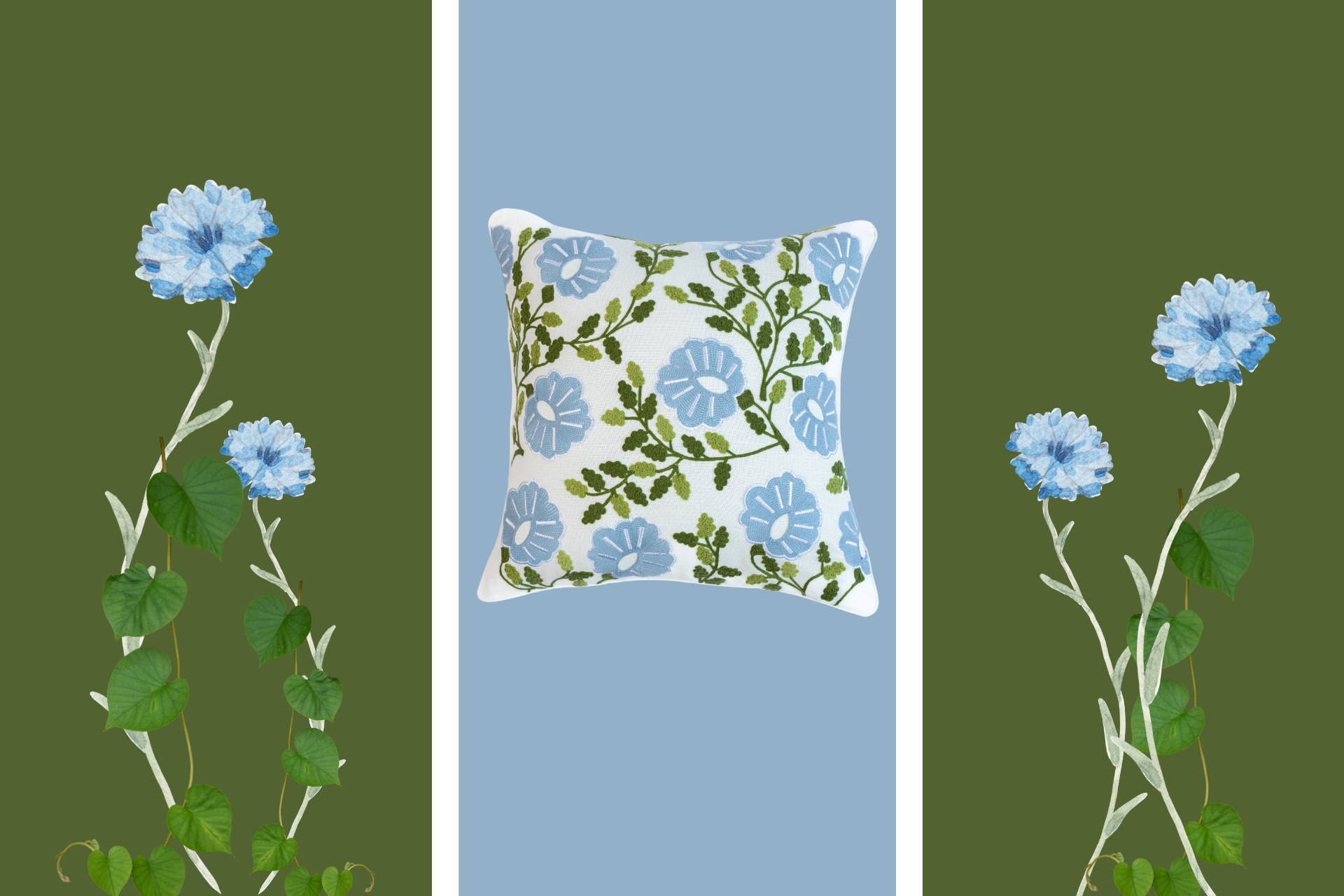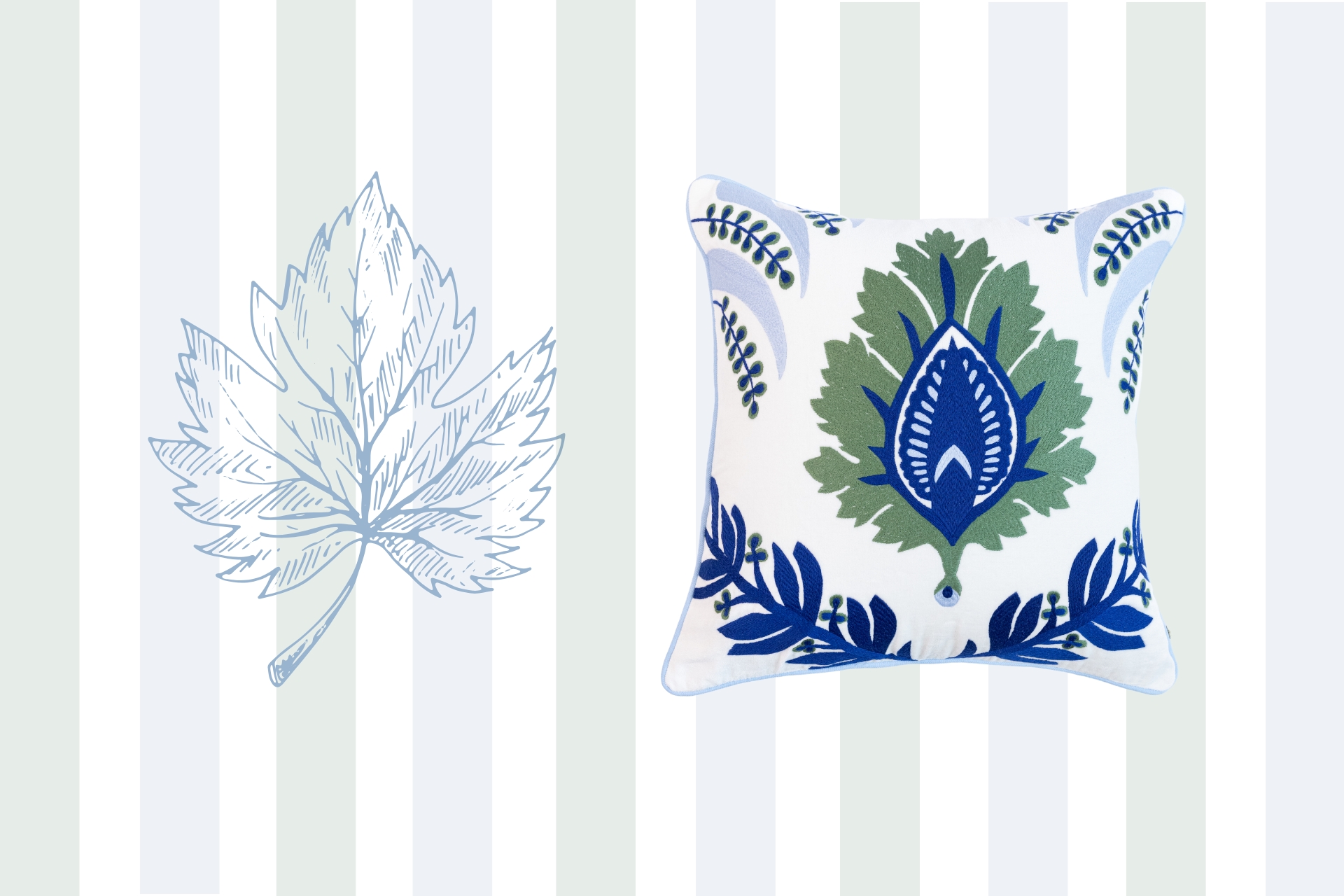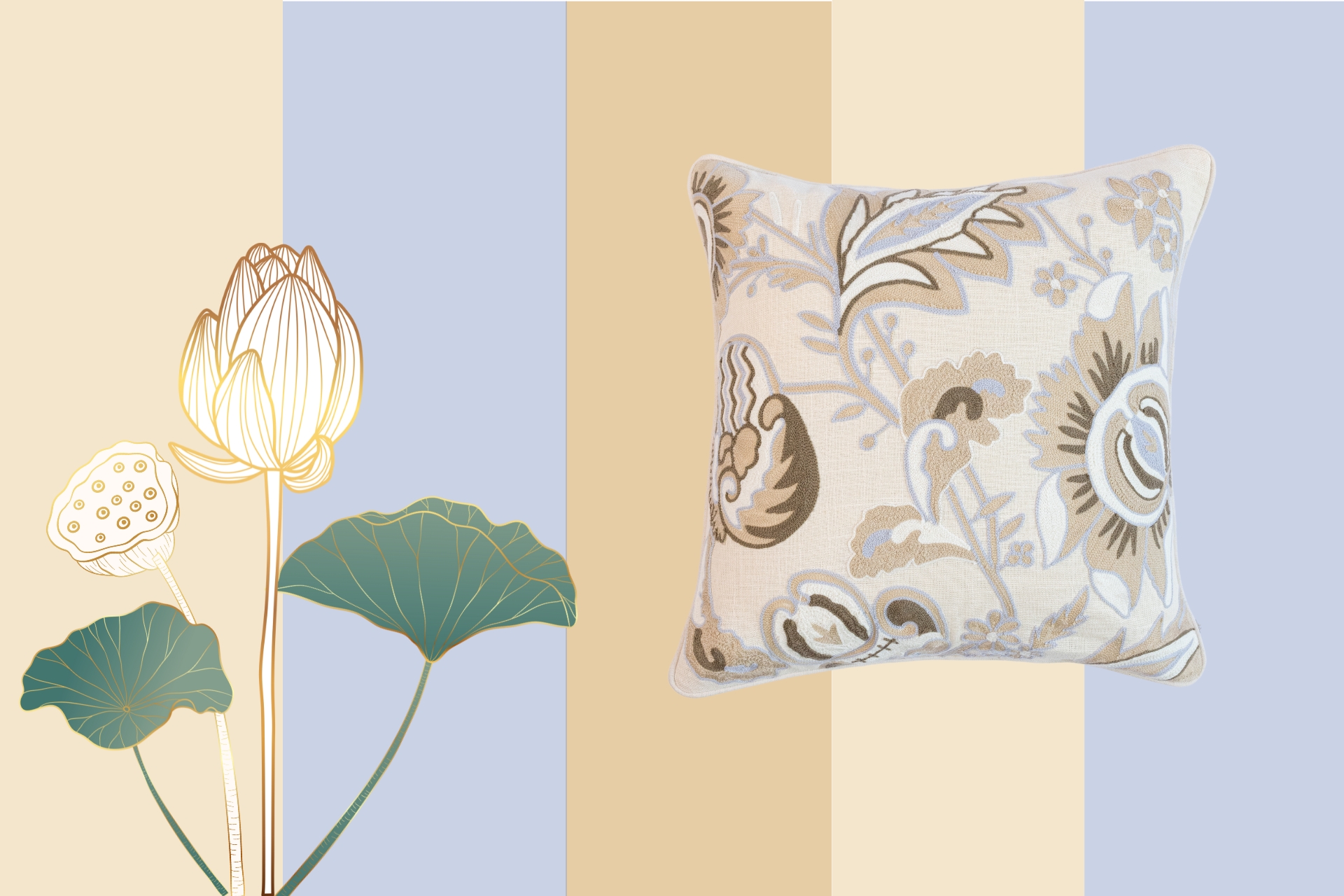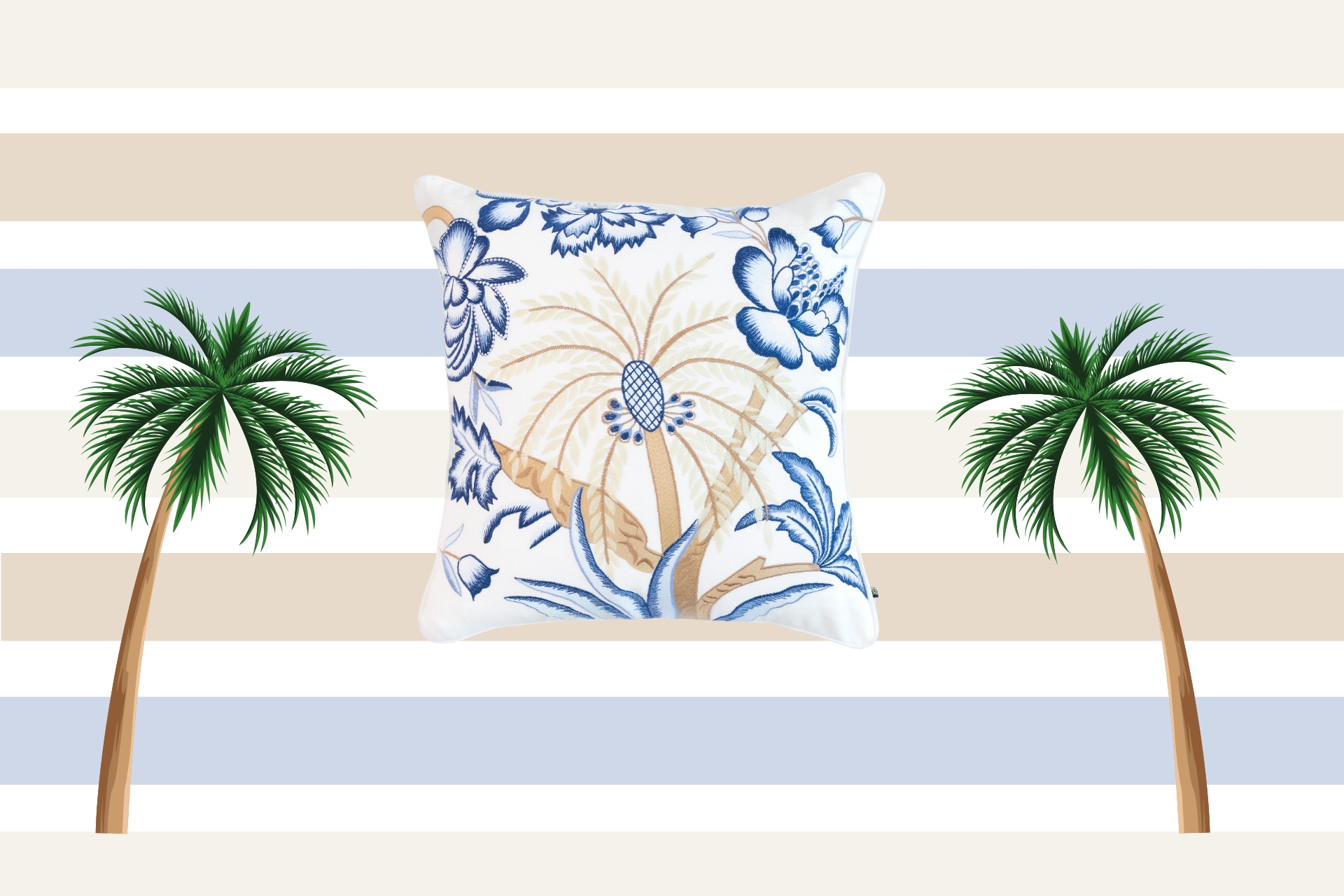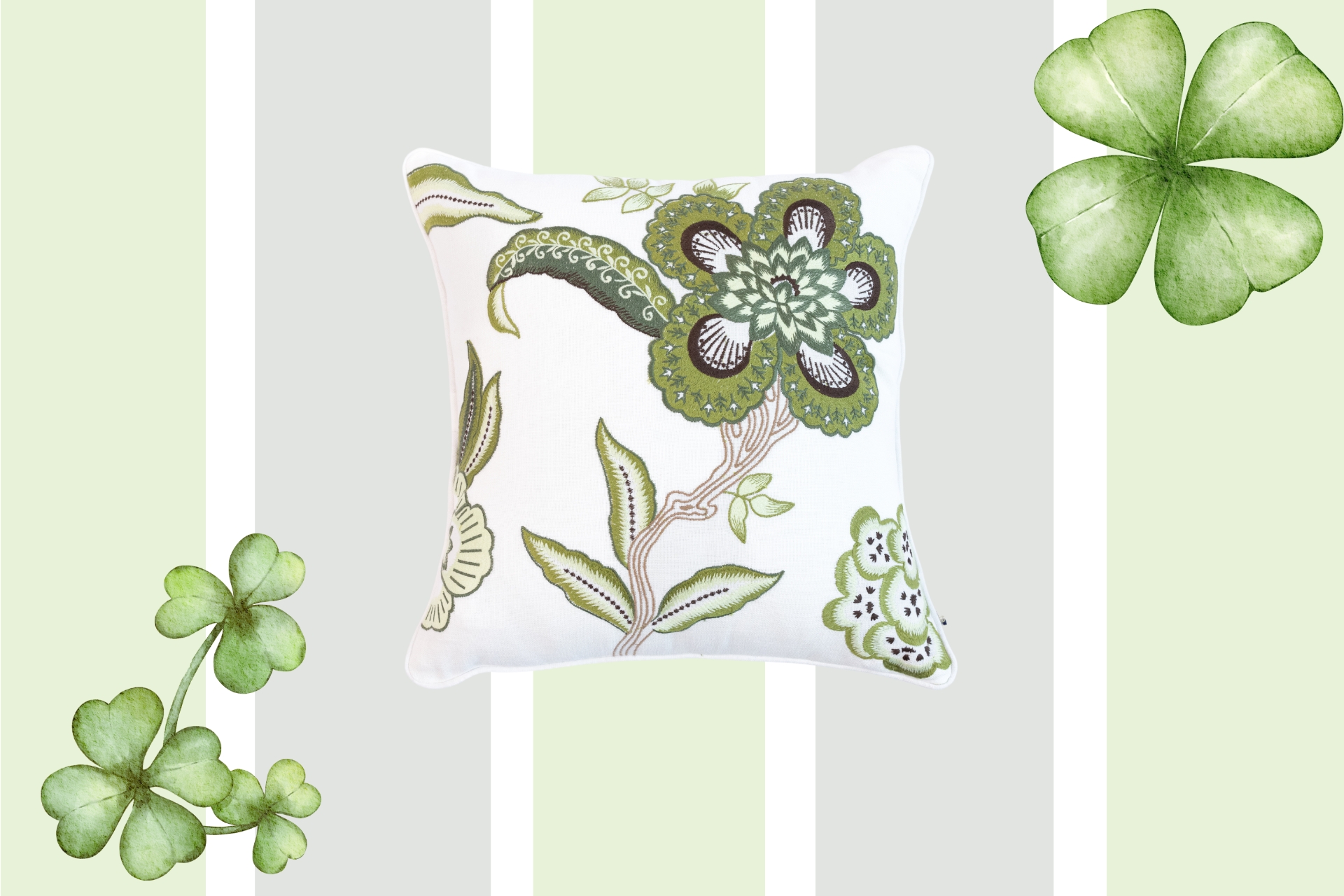Decorating your home without professional guidance can be challenging, as it requires a creative mind-set and a strong sense of aesthetics. One common area where people often make mistakes is with their choice of curtains. Whether it’s for the living room, bedroom, or dining area, curtains contribute significantly to the overall decor, making up at least 40% of the visual impact. Curtains act as a silent backdrop to your entire setup, meaning the right choice can make or break the desired look. Let’s debunk some common myths or logic that people often apply when buying curtains:
- Expensive is always better: Just because you can afford it doesn’t mean it’s the right choice.
- Dark curtains are easier to maintain: This can be true, but it doesn’t mean they’re the best aesthetic choice.
- Good dressing sense equals good curtain sense: Curtains are more than just another piece of fabric; they require thoughtful selection.
- Matching to the sofa cover: While coordination is important, too much of colour and print coordination can look monotonous.
- Buying whatever fits the budget: Quality and design should also be considered, not just price.
- It’s a rented property: Even in a rental house, your curtains should reflect your style and elevate the space.
While the list is endless, finding the right curtain is not as difficult as it seems. Here’s how:
Evaluate Room and Window Size
For a standard living room or bedroom with a 10×10 or 20-feet size and average-height windows (not more than 5.5 feet), it’s best to avoid heavy prints or dark window curtains. Instead, opt for lighter fabrics like cotton, rayon, or net to maintain an airy and open feel. However, for larger apartments or villas with French windows or expansive spaces, richer textures can enhance the ambiance. Luxurious velvet curtains, along with faux silk, jute, or jacquard, add warmth and elegance, making the space feel inviting and well-balanced.
Check the Direction of Sunlight
If you have an east-facing house with morning sunlight, avoid dark drapes and choose light fabrics like pure cotton curtains or tissue curtains, which allow natural light to enter while maintaining privacy. If your room struggles to get sunlight, opt for sheer ne, organza or tissue curtains to protect against dust while making the room appear brighter and more spacious.
For west-facing rooms that get afternoon sunlight, choose heavier drapes with lining to block harmful UV rays. Solid colours with or without lining work well, as they fade less in direct sunlight.
Prints & Colours
When choosing prints or colours, consider your overall decor. For pastel walls, select curtains a few shades darker or lighter, like beige, cream, peach, or grey. If your interiors are solid colours, go for printed fabrics in similar shades. Match curtain and cushion prints for a cohesive theme. For compact spaces, small prints in light colours add elegance without overwhelming the room. Ensure a connection between the wall and curtain colours.
Fabric Choice
Cotton curtains, in any composition, is ideal for regular use due to its versatility and ease of maintenance. For areas with harsh winters, heavier fabrics like wool provide insulation. For a royal look satin, silk, or heavy embroidered velvet crewel curtains add grace to larger windows. Net, tissue, organza, or lace curtains are great for living rooms, especially on balcony doors, and can be paired with satin drapes for added elegance.
Budget-Friendly Options
Curtain prices vary based on fabric and brand. Within a limited budget, quality drapes are available between INR 500 to 1500 per piece. If these options don’t suit your needs, consider buying fabric locally and having curtains custom-made with frills or lining.
Curtains for Rented Homes
Invest in good-quality curtains even if you’re renting a house. High-quality fabric lasts for several years, and later it can be repurposed as bedcovers and quilts.
Quick tip
- Consider pelmets with printed drapes for an ethnic touch.
- Use full-length curtains for all windows to create the illusion of larger windows.
- Keep curtain length 2-3 inches above the floor to avoid contact with wet mops.
- Mix net or tissue curtains with velvet or faux silk for a royal look.
- For small windows, such as in the kitchen or bathroom, use half-window frill curtains for added charm.
Drapes are a finishing touch that completes your interior look, and choosing the right ones is an art that can be mastered with these simple tips.
Conclusion:
Curtains are more than just window coverings—they shape the ambiance of your home. Whether you’re selecting living room curtains, bedroom curtains, or balcony curtains, the right curtain fabric can transform your space. From curtain design to fabric choices, every detail matters. Whether it’s cotton curtains for the living room or decorative curtains for statement aesthetics, thoughtful selection ensures a harmonious blend of style and functionality. With these simple tips, you can confidently choose curtains for your home that not only enhance decor but also create a cozy and inviting atmosphere.

